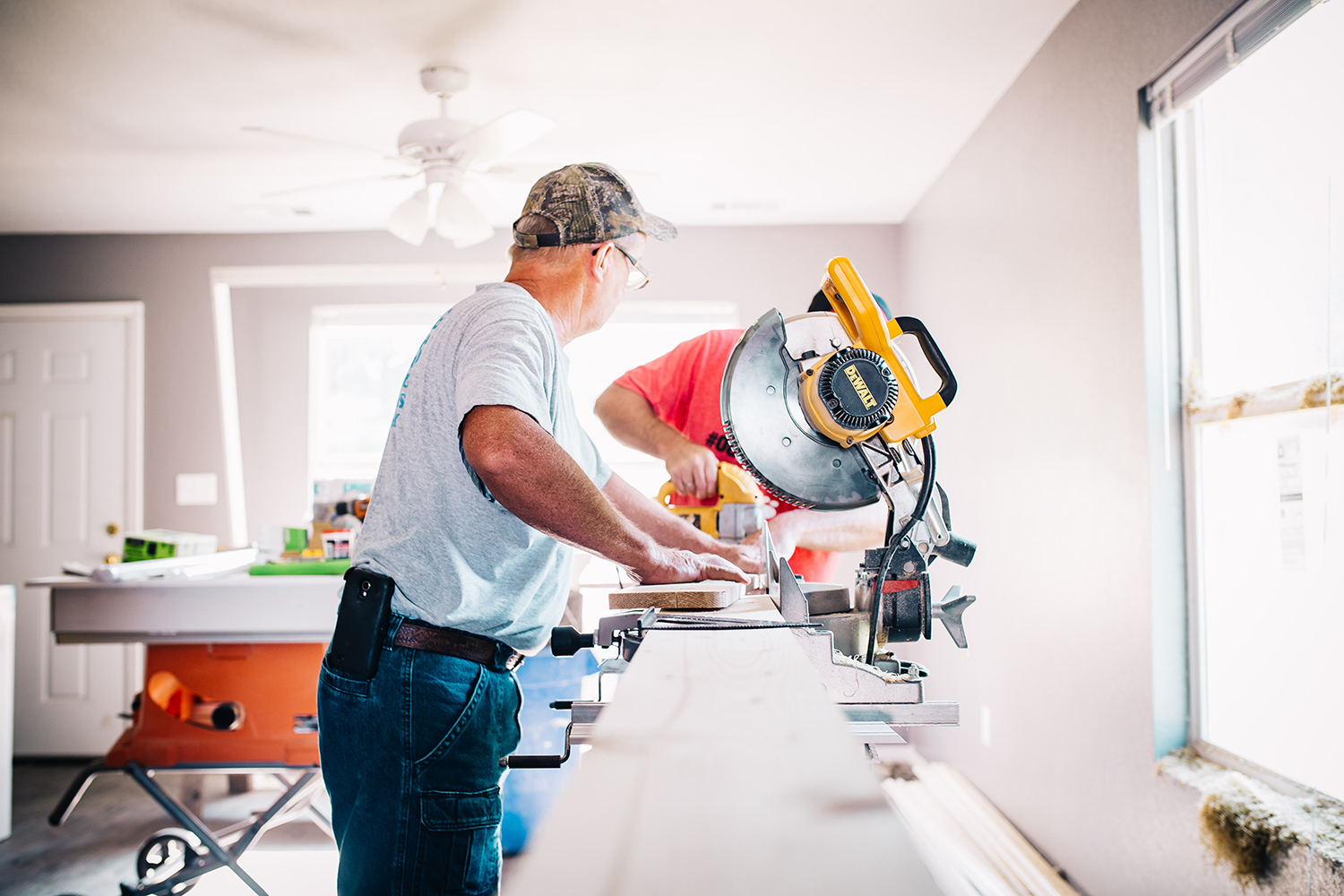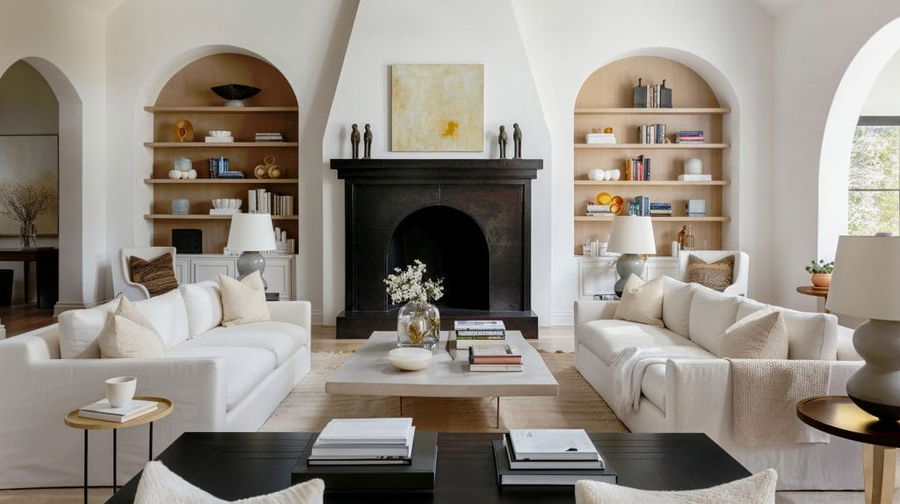
Britain’s coffee shops are in hot water. Pret A Manger looks likely to cut 1000 jobs, and other chains, similarly affected by the sudden removal of their regular footfall, will inevitably follow. Before March 23, millions of their customers visited daily. Then lockdown arrived, and many of those customers still won’t have returned.
It seems that a large number of Britons, unable to gratify their coffee shop habit, have attempted to recreate the experience at home. John Lewis reports that its coffee machine sales have increased by 24 per cent since lockdown began, and that its own-brand coffee grinder is selling twice as well as it had been. Its sister supermarket, Waitrose, says that sales of its barista-style alternative milks, which are designed to be frothed, have increased by 64 per cent over the same period.
And as consumers’ access to ever-more complex coffee contraptions has improved, so our taste for fads has widened: even during the lockdown period, there have been spurts of popularity for home-made dalgona (a whipped, sugary coffee recipe from South Korea) and cold brew (a step-up from iced coffee).
Will these items scratch the itch? What else makes the coffee shop experience so popular? (Having been a clumsy part-time barista in my school days, I’m doubly curious – something was luring the punters in daily, and it wasn’t my artless coffee-making.) And in the unhappy event that we lose further coffee shops – after years of uninterrupted growth for the sector – to what extent can we recreate the experience at home?
Dr Lisa Waxman, a professor emerita at Florida State University, considers the coffee shop to be about much more than just the coffee. A paper of hers, titled The Coffee Shop: Social and Physical factors Influencing Place Attachment, explored the design features that make coffee shops distinct, such as their aroma, lighting, views and seating, and found that these places contribute significantly to our sense of community.
Coffee shops, she tells me, are neither work nor home: they are a “third space”, a category of particular importance to our social wellbeing. “So much of the experience is about being in the presence of others and of having an outing. Even if verbal interaction is limited in the coffee shop, there is still the feeling of having participated with fellow community members that creates connection. That is missing from our lives right now and we are grieving that loss.”

If you’re missing your local coffee shop, Dr Waxman recommends that you establish a routine that involves social interaction. Even if you can’t replicate the quality of shop-bought coffee, you’ll still enjoy the ritual of making your own to the best of your ability, “perhaps sharing that time with those you live with, or doing something to make that time special – perhaps FaceTiming with a family member or colleague, or inviting neighbours over for an outside visit, although that may be better as a happy hour at the end of the day.”
And if you’re alone, Dr Waxman suggests “taking the beverage out on a patio, porch, or balcony where one can see neighbors passing by could help a person feel connected to those around them.”
The attraction of coffee shops, particularly independents, lies as much in their semi-tangible social charm as in their technical prowess. The owner of coffeeblog.co.uk, an anonymous caffeine fiend who goes simply by “Kev”, tells me that “the one thing you just can’t emulate from home is the atmosphere. This is the biggest thing for me about coffee shops, and it’s what I miss the most.”
I was told something similar by Warner Newman, who runs a coffee shop (my old local) called Blank Brixton. “You should feel like you’re at your friend’s place and they’re making coffee for you,” he says. “It’s the energy, the vibe, the creativity flowing round the place. It’s the hustle and bustle that makes British coffee shops the best.”
Newman has had to modify his shop’s seating, airflow and bathrooms to make it as safe as possible, and it might be some time until all his regulars are comfortable taking a seat again. At home, though, they’ll miss out on the small innovations that make a coffee shop feel distinct – such as playlists matched to coffee beans.
“A playlist, for me, is [all about] the moment,” says Warner. “On a Sunday people don’t want to hear techno clubbing – they heard that the night before. They want to hear smooth jazz instead, or in our case we put a movie on downstairs. A single-origin Ethiopian bean, that’s jazz. Rwandan, that’s a very fruity coffee, that’s R&B. We sometimes put a bit of 90s feelgood music on with Colombian coffee in the morning.”
And so, if the coffee shop experience is a treat, a distinct experience within your day, a low-key social occasion, for the best domestic synthesis of these elements we should look to Sweden and its “fika” tradition.
A fika is a social coffee break, often involving some kind of sweet snack. It is so deeply embedded in Swedish culture that workplaces encourage employees to take two fikas a day. I ask Anna Brones, the co-author of Fika: The Art of the Swedish Coffee Break, what Britons could learn from the custom.
“Particularly in the time of lockdown, it’s important to create rituals,” Brones says. “Rituals give a little guidance and regularity to our lives. If you plan for an afternoon fika for example, it offers something to look forward to, a little bright spot in your day. There is a lot going on in our world right now, and I think that there is something to be said for intentionally creating a small moment of joy and slowness.”
Brones herself has a cup of coffee somewhere other than her workspace every day. “Since it’s summer, that means sitting outside for a bit in the sunshine, whether that’s with a book or just for a few minutes of quiet. I’ve done a few virtual fikas with friends too, where we plan for a time to chat while we are both drinking coffee. That’s a nice way to keep the social element even when you can’t see each other in person.”
How to replicate the coffee shop experience at home
-
Use nice coffee or specialist equipment, if you have it – this will make the occasion feel special
-
Drink your coffee somewhere other than your workspace
-
Make it regular – a calming ritual distinct from the rest of your day
-
Involve other people if you can, whether in person or remotely
-
Don’t waste the time by checking your phone; concentrate on the drink, or on something relaxing such as reading or drawing
-
Put on music that matches the beans (or perhaps even a YouTube clip of coffee shop hubbub)
How to make the perfect filter coffee
By Warner Newman of Blank Brixton
-
Something like the Hario V60 (£24 via Amazon) is the most affordable way to make coffee at home to a high standard.
-
Weigh out 25g of fresh coffee beans. Don’t use ground coffee – you may as well throw your money in a grinder (but if ground coffee’s all you have, put it next to a bag of rice once you’ve opened it – it sounds weird, but it keeps it dry).
-
Grind the beans (Delonghi make good grinders), but not too fine – feel it in your fingers, make sure it’s coarse, like sawdust. Feel the crunch.
-
Heat some water on the stove to just below boiling. Use bottled water – you’ll get less of a limescale taste, and if you use it in an espresso machine its pipes will last longer.
-
Put your V60 coffee dripper on top of your favourite mug. Put the filter paper into the coffee dripper, and use some of the water to give it a rinse. Get rid of the water. That way your coffee won’t taste of paper.
-
Now put your ground coffee in the filter paper. Slowly pour a mug’s worth of water onto it. Smile as the water drains through the coffee. When that’s done, and you’ve removed the paper, the coffee is ready to drink.
-
If you want milk, make sure it’s fridge-cold. Heat it on the stove and then hold a cup of it to a frothing machine at a 45-degree angle. You want small bubbles. Add that to your coffee – that’s one epic cup.
Four bits of kit to improve your home coffee-making
By Kev from coffeeblog.co.uk
-
The ultimate is the home espresso machine. As far as bean-to-cup machines go, for around £400, I don’t think you can ask for much more than what the Gaggia Brera delivers in terms of espresso quality right out of the box.
-
For pour-over coffee, I recommend the Hario V60 (from £20) or the Chemex (from £34). They’re very easy to brew with the potential is there for some stunning coffee.
-
I’d also recommend the good old cafetière you probably already have lurking in the back of your cupboard. If you forget the standard way of using it, you can actually get some brilliant quality coffee from a cafetière; I’d recommend the method prescribed by James Hoffman, who won the World Barista Championship in 2007 and is the author of The World Atlas of Coffee.
-
On the go? The Oomph all-in-one portable coffee maker (£39) is a brilliant device too that you may have seen on Dragon’s den, with this brewer you can make some really good quality freshly brewed coffee, and then just pick it up and take it with you on your daily walks. The Oomph 2.0 is just about to be released, and it looks like a huge improvement on the first version: completely leak-proof.
Something sweet to enjoy with your coffee
Chokladbollar (chocolate balls)
Although they are served at most Swedish cafés, chokladbollar are very popular for making at home because they are so easy.
MAKES
20 to 25 balls
INGREDIENTS
-
200g rolled oats
-
115g unsalted butter, room temperature
-
50g natural cane sugar
-
20g unsweetened cocoa powder
-
1 tsp pure vanilla extract
-
½ tsp salt
-
About 40g shredded coconut
METHOD
-
In a food processor, pulse the oats into a coarse meal. You want just a little bit of texture, so don’t grind them all the way. If you don’t have a food processor, use the smallest oats you can find, as they are better for the final texture of the chocolate balls.
-
In a bowl, cream together the butter and sugar. Add the cocoa powder and vanilla and cream together until well blended; then add the oats and the salt.
-
Using your hands, mix all of the ingredients together. Roll the mixture into small balls, about a tablespoon for each one. Roll each ball in the shredded coconut until fully coated. Store in an airtight container in the refrigerator.
Recipe from Fika: The Art of the Swedish Coffee Break, by Anna Brones and Johanna Kindvall (Ten Speed Press, £13.99)







